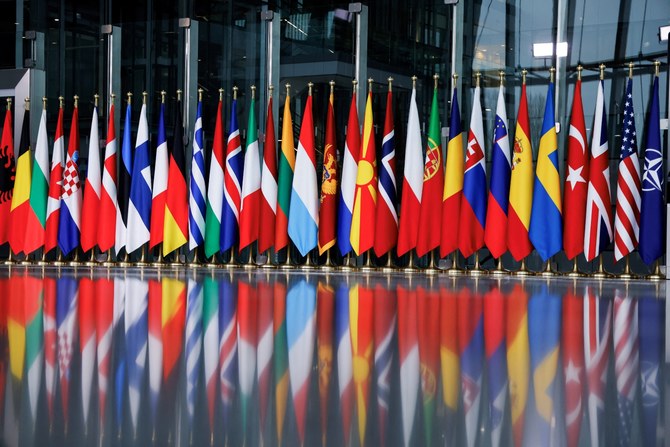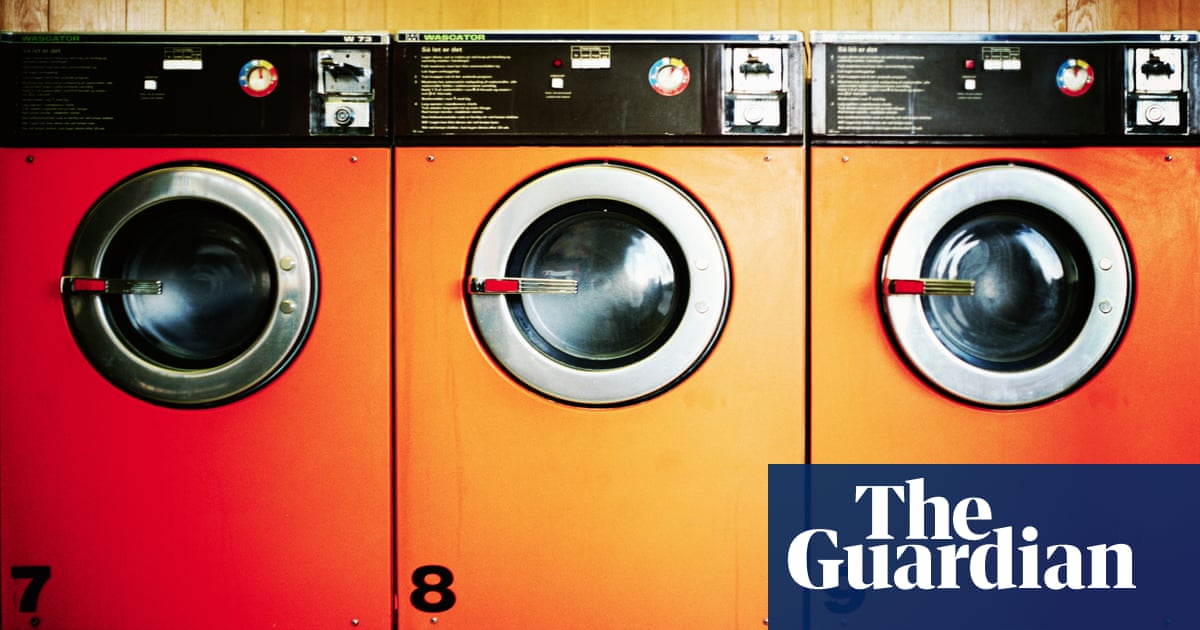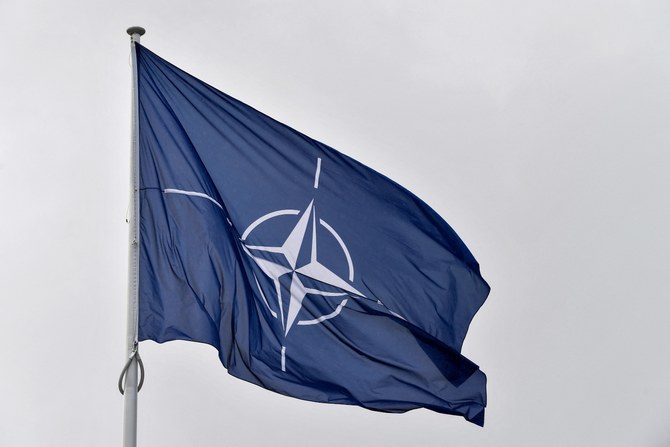
NATO on Thursday marked the 75th anniversary of the signing of its founding treaty, yet the mood music is far from celebratory. Key leaders within the military alliance are increasingly concerned that the bloc is facing its biggest ever challenges.
For example, Polish Prime Minister Donald Tusk, a former European Council president, last week warned that Europe is in a dangerous new “prewar era.” He asserted that Ukraine must not be defeated by Russia for the good not just of NATO members but all those who value the post-1945 rules-based order. Tusk said that war is “no longer a concept from the past,” that “it’s real and it started” and “literally any scenario is possible.”
This is one reason NATO is reportedly drawing up plans to secure a five-year military aid package of up to $100 billion. The so-called Mission for Ukraine proposal is being shepherded by Secretary-General Jens Stoltenberg for final approval over the summer, ahead of November’s US presidential election. The plan would allow NATO to manage the supply of weapons to Ukraine for the first time since Russia began its attack in February 2022.
The reason for the urgency is that Tusk and other leaders have warned that the next few months of the conflict will “decide everything,” given the urgent need for the West to help Ukraine rearm. The Polish PM said: “We are living in the most critical moment since the end of the Second World War.”
For all its remaining weaknesses, it remains one of the world’s most successful ever military alliances
Andrew Hammond
What Tusk is highlighting is the growing concern in key NATO nations that, absent a significant shift, the tide is turning in the Ukraine war in Russia’s favor. Moreover, any outcome that could be perceived as a major victory for Moscow would significantly add to the threat environment facing other nations in Europe.
It is in this somber context that NATO is planning for the next half-decade, with a change of leadership anticipated in the second half of this year. The person widely anticipated to become the next secretary-general of the military alliance is long-standing Dutch Prime Minister Mark Rutte.
The good news for the next NATO chief is that the context for the debate about the alliance’s future has been transformed in the post-COVID-19 period. Only five years ago, there was widespread concern about NATO’s purpose, with French President Emmanuel Macron saying that it was experiencing “brain death.” Macron’s remarkable outburst was driven by what he saw as a rapidly changing geopolitical landscape. This included the US’ diminished commitment to NATO under the Trump presidency.
Fast forward to today and Macron has said that Russia’s invasion of Ukraine woke NATO up with the “worst of electroshocks,” even though big questions remain about its future. It is an unexpected turnaround of fortunes, in the most serious of circumstances, that could also be fueled by Western concerns about China.
The Ukraine conflict has underlined the continuing relevance of NATO, with its collective member state population of about 1 billion. For all its remaining weaknesses, it remains one of the world’s most successful ever military alliances and has helped underpin the longest period of sustained peace in the West’s modern history.
Behind the scenes, there is much scenario planning going on regarding the feasibility of NATO without US participation
Andrew Hammond
While this is positive, NATO could, however, face a major internal challenge from November if Trump wins a new term. Former Trump administration officials, including ex-National Security Adviser John Bolton, have confirmed that the former president came close to announcing the US’ withdrawal from NATO during his first term. For instance, Trump threw the alliance’s 2018 summit into disarray by threatening to pull the US out.
Despite the strength of the other NATO members, there is no question that America’s withdrawal would be a body blow to its credibility. Trump, who originally described Russia’s invasion of Ukraine as “genius,” may also have plans to try to warm ties with Moscow, as was his intent in his first term.
Behind the scenes, there is much scenario planning going on regarding the feasibility of NATO without US participation. It is possible that the Western alliance could try to keep the military organization functioning for a few years in the hope that the successor to any second Trump presidency might bring Washington back into the fold.
In the meantime, Rutte and other Western leaders assert in public that the best way for Europe to prepare for any change of incumbent in the White House is to increase defense spending. It is important, therefore, to see all member nations in Europe now commit to meeting the target of spending 2 percent of gross domestic product on defense. In 2024, 20 NATO members are expected to do so, up from just three in 2014. Some, including Poland, have gone much further and now spend some 4 percent of GDP on defense.
If other nations move in the direction that Poland is heading, there may well be a possibility for intra-alliance harmony with the US. Here, it is the combination of Russian military assertiveness, instability in the Middle East and Africa and Trump’s uncertain commitment to Europe’s security that is turning this picture around.
In the longer term, it is also plausible that such higher defense spending will be locked in by NATO concerns about wider shifts in the global security environment, including threats from China. What is perceived as Beijing’s increasing international assertiveness is a growing concern in the West and this will become especially significant if Xi Jinping continues to consolidate his strategic partnership with the newly reelected Vladimir Putin.
Andrew Hammond is an Associate at LSE IDEAS at the London School of Economics.












